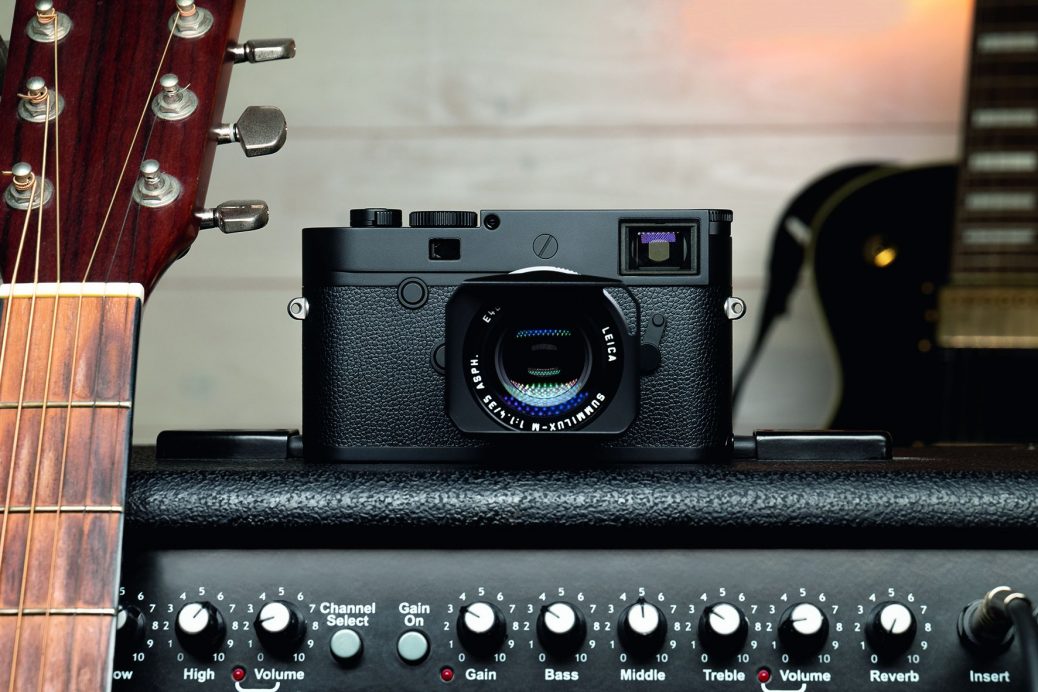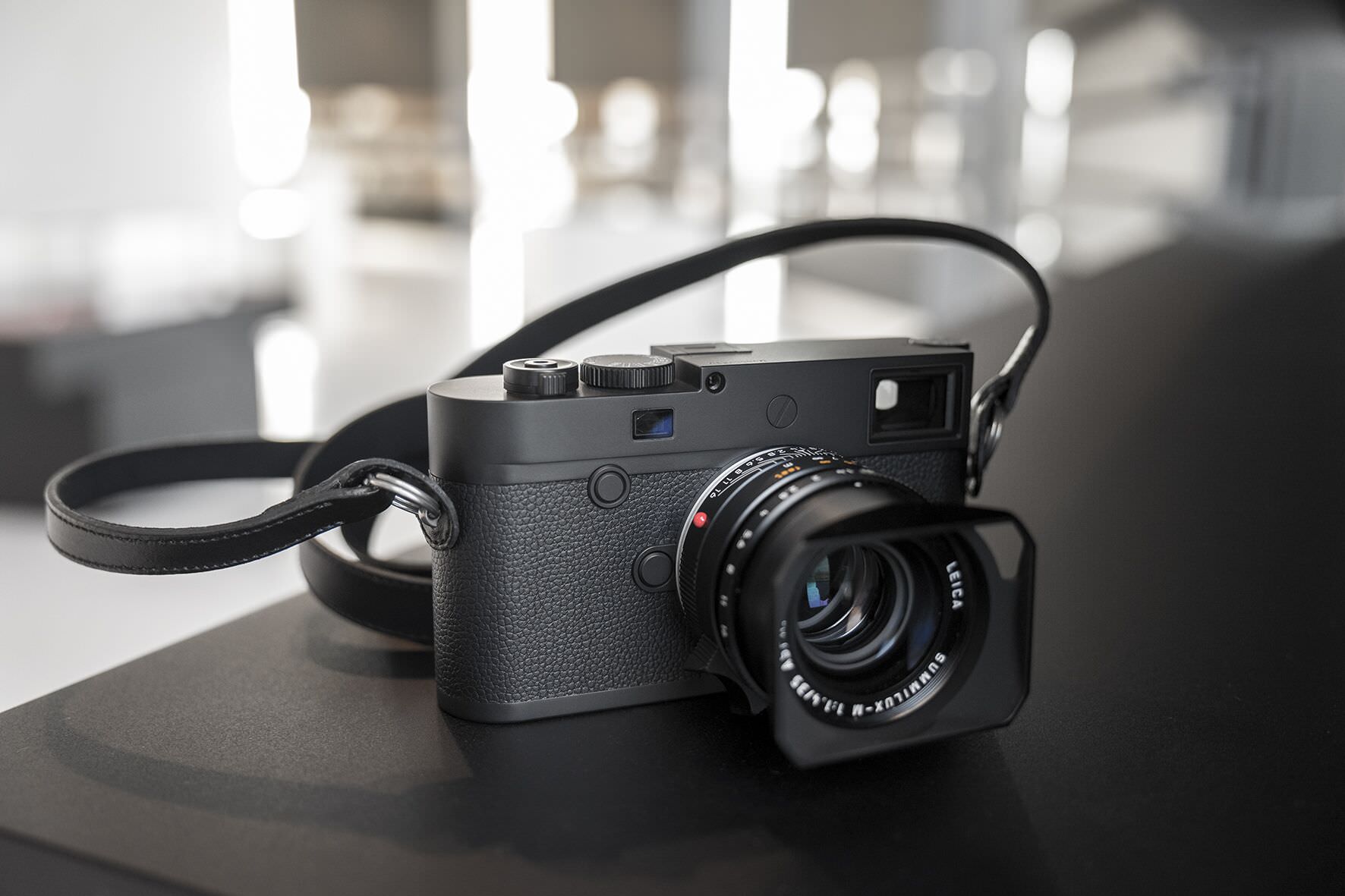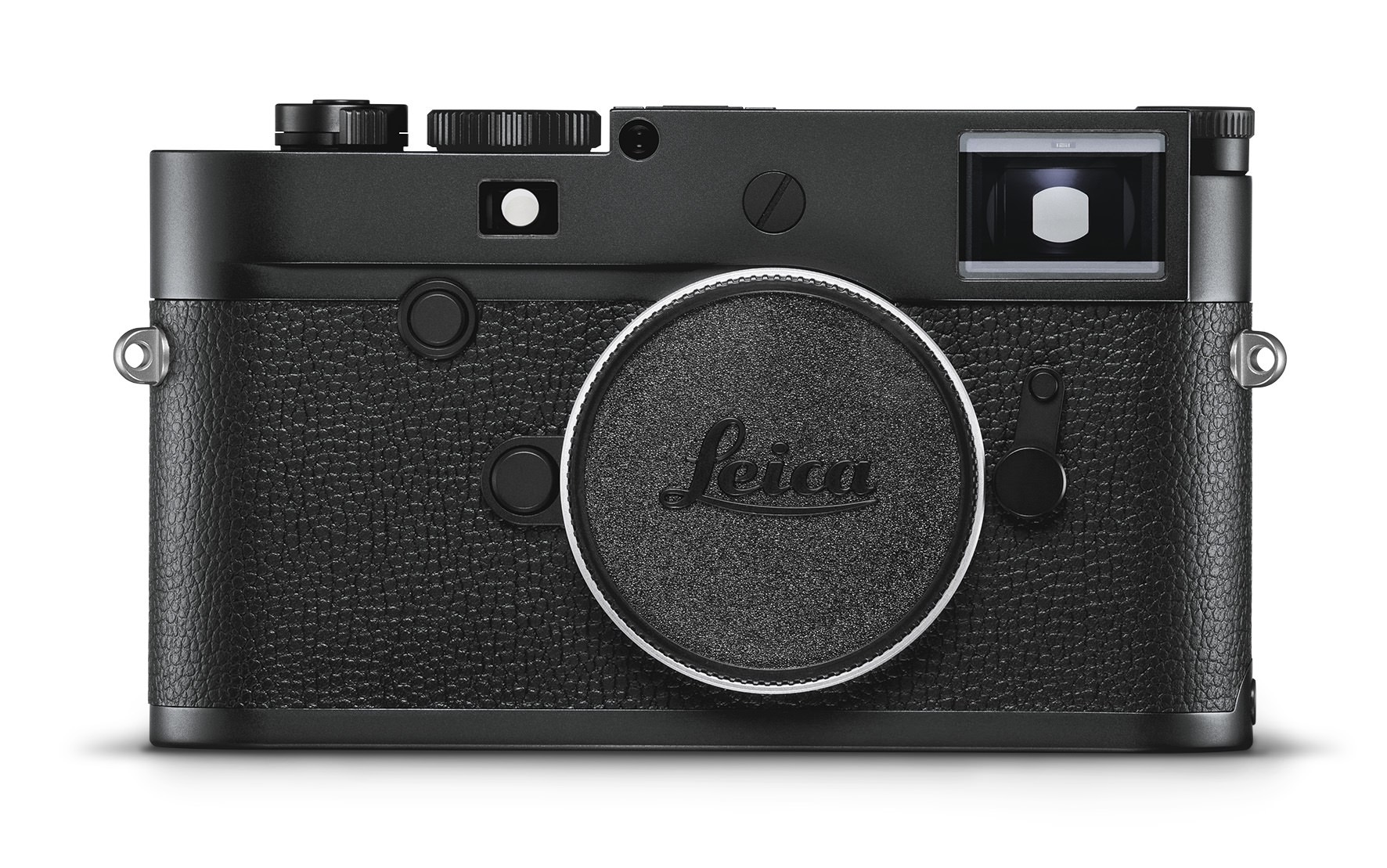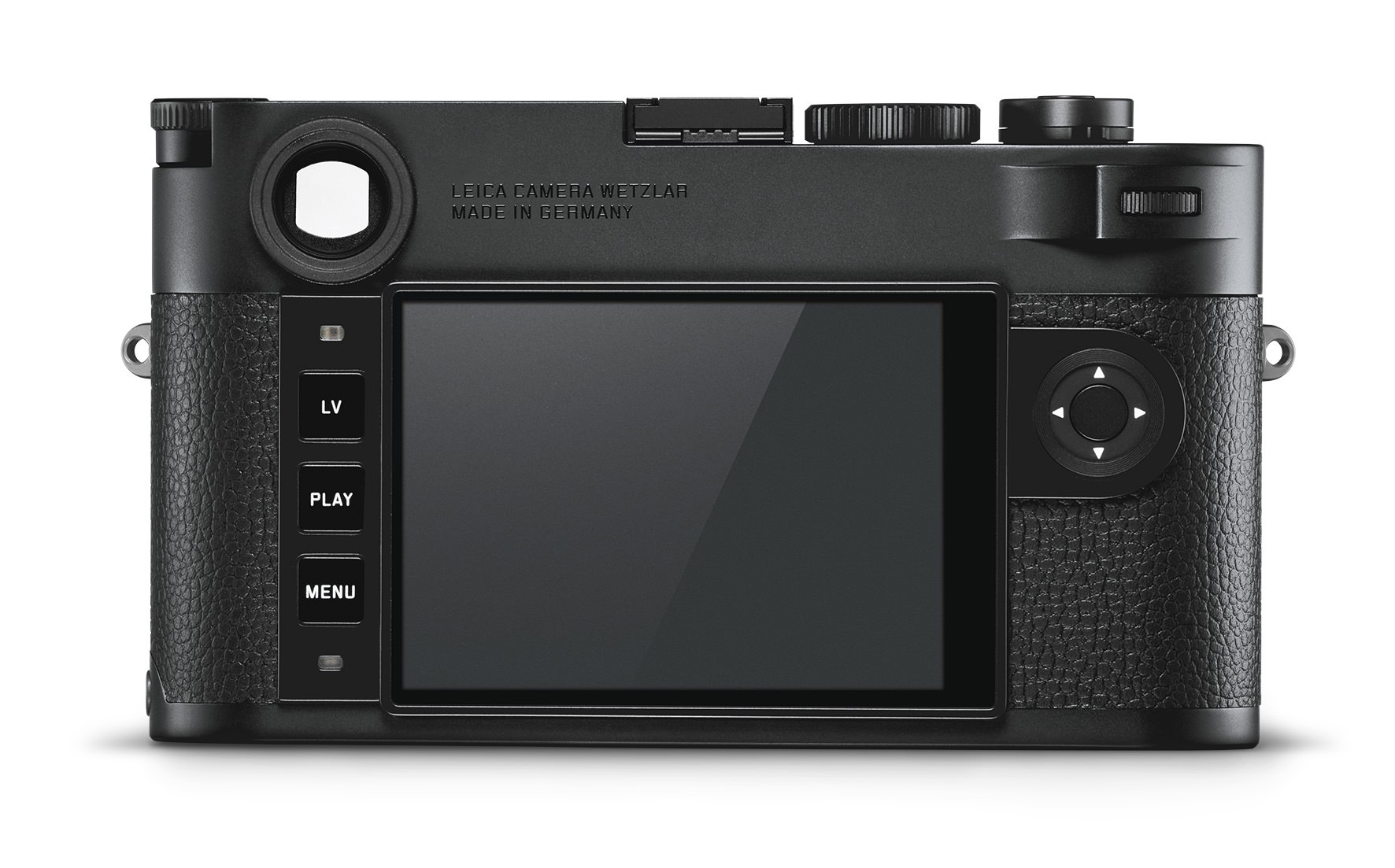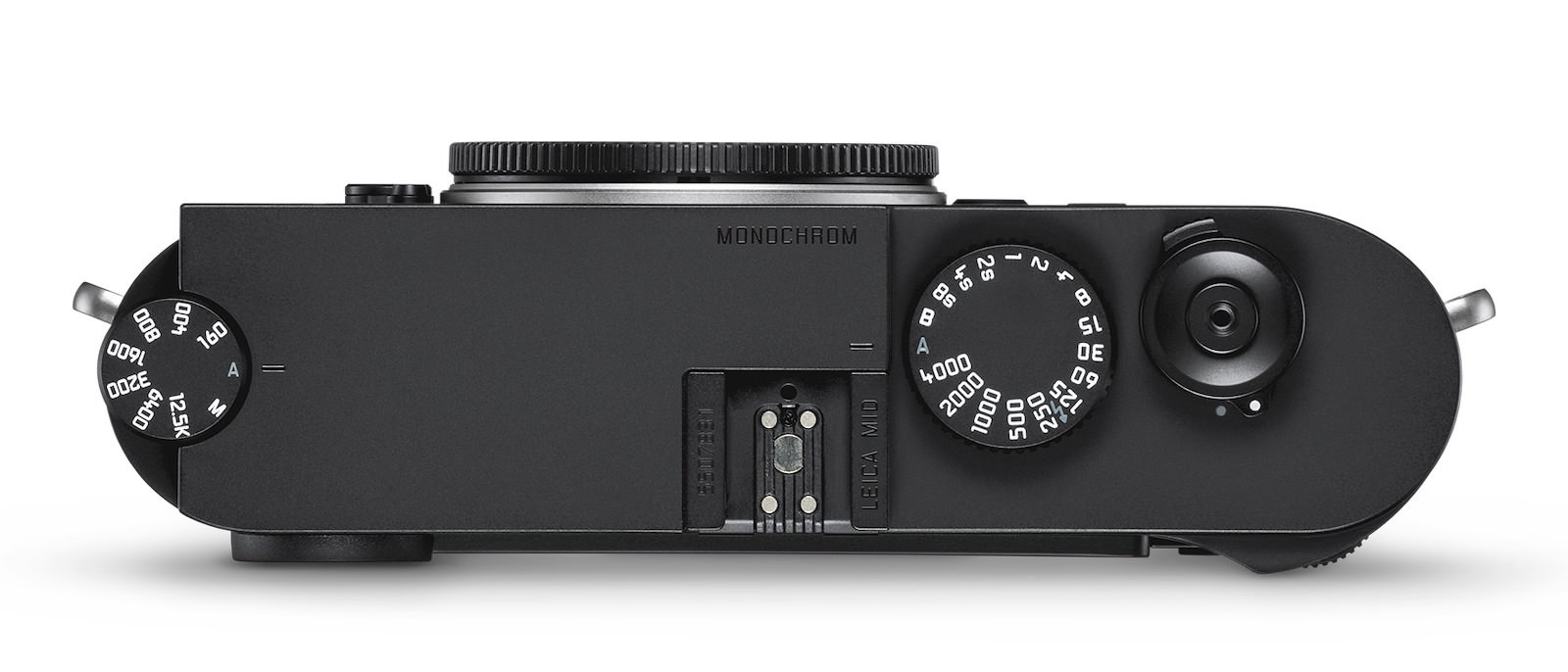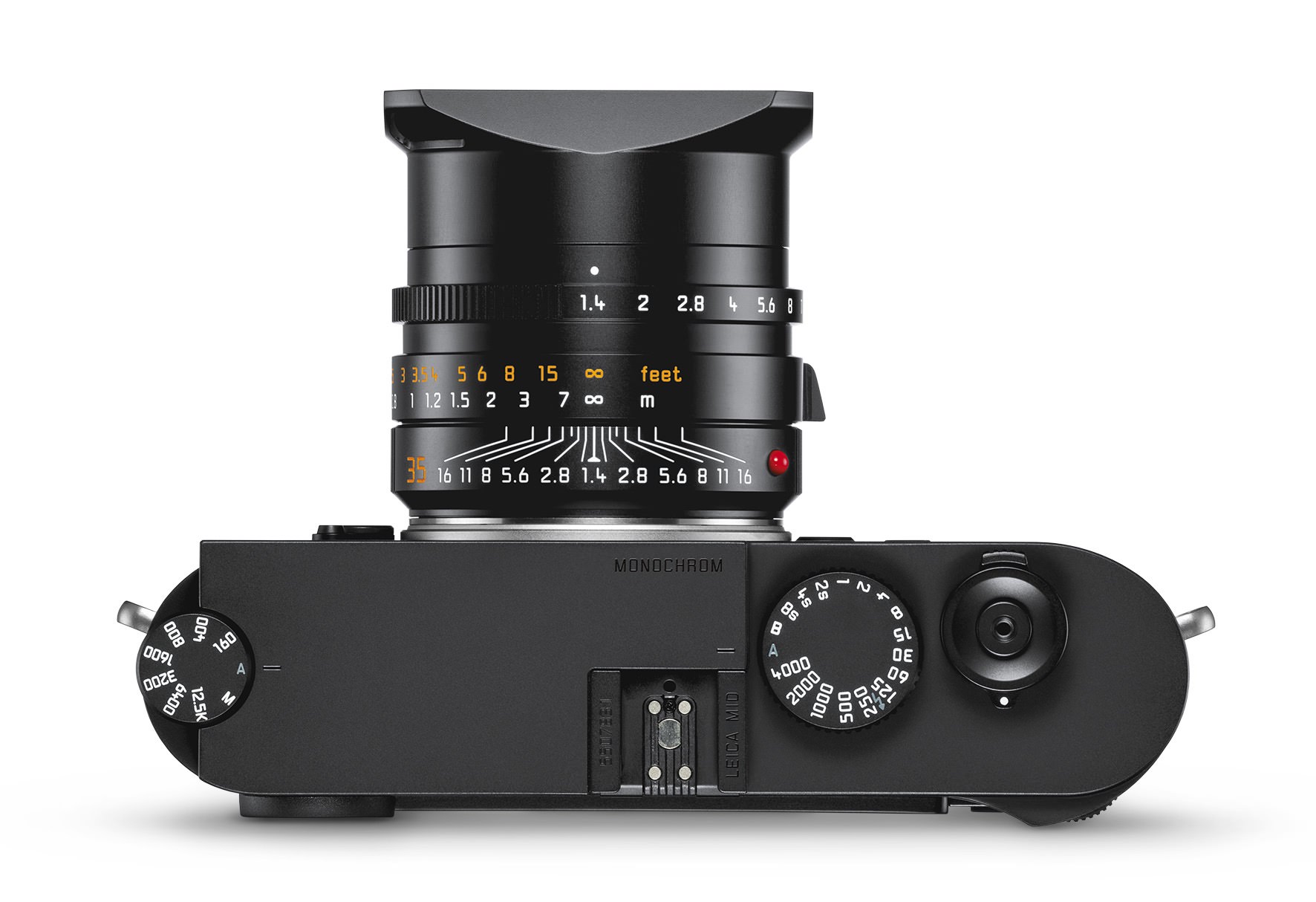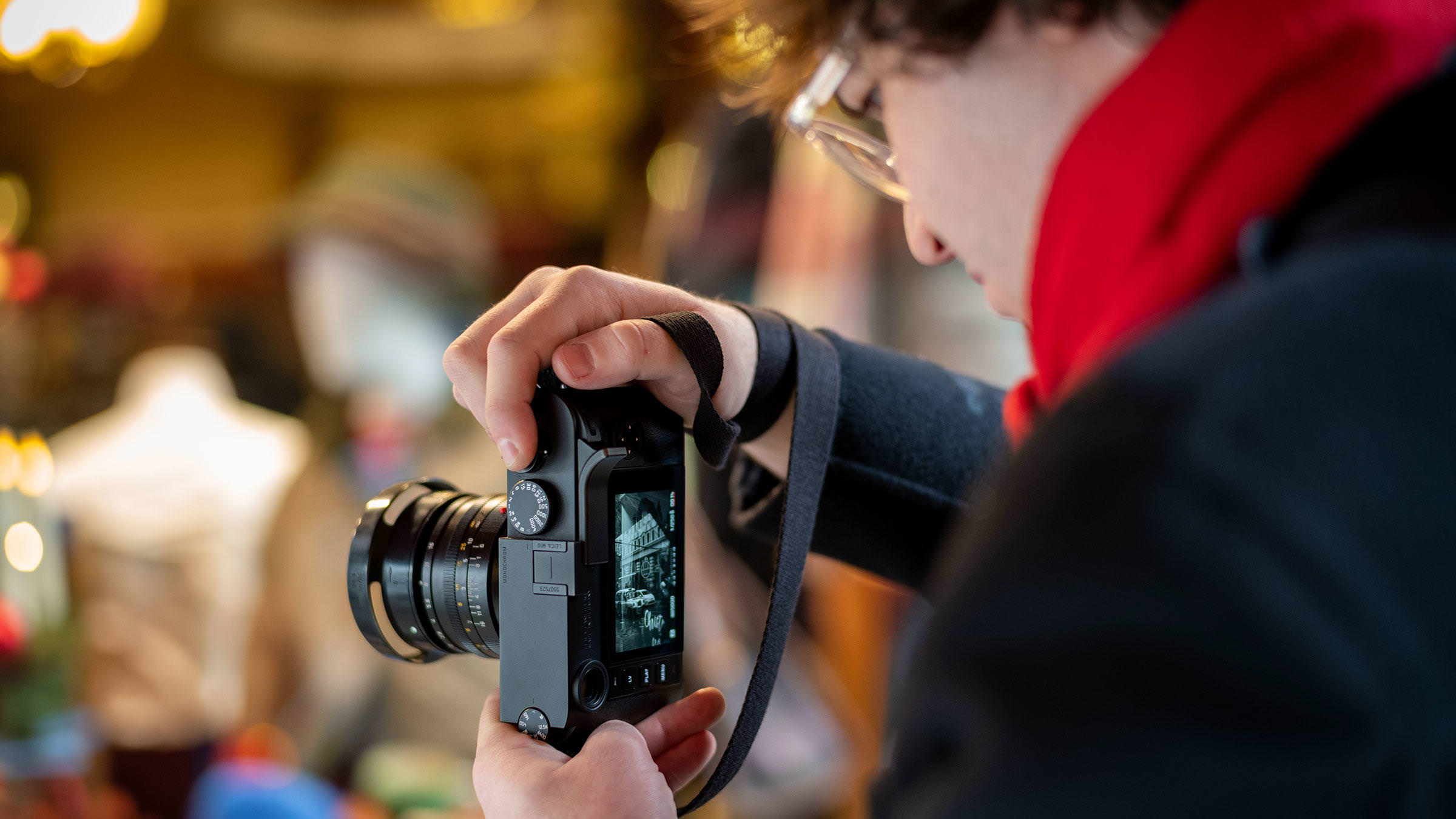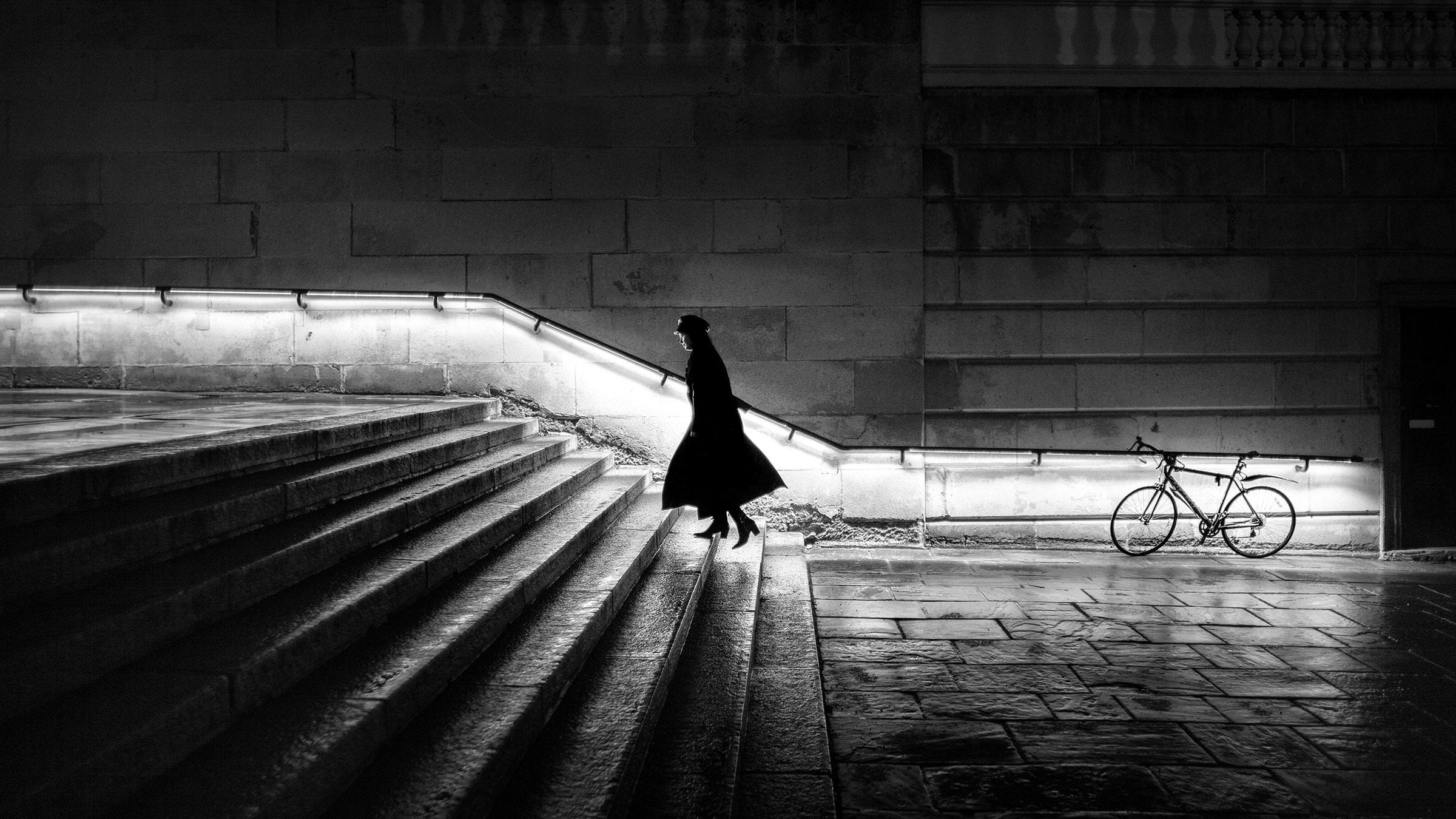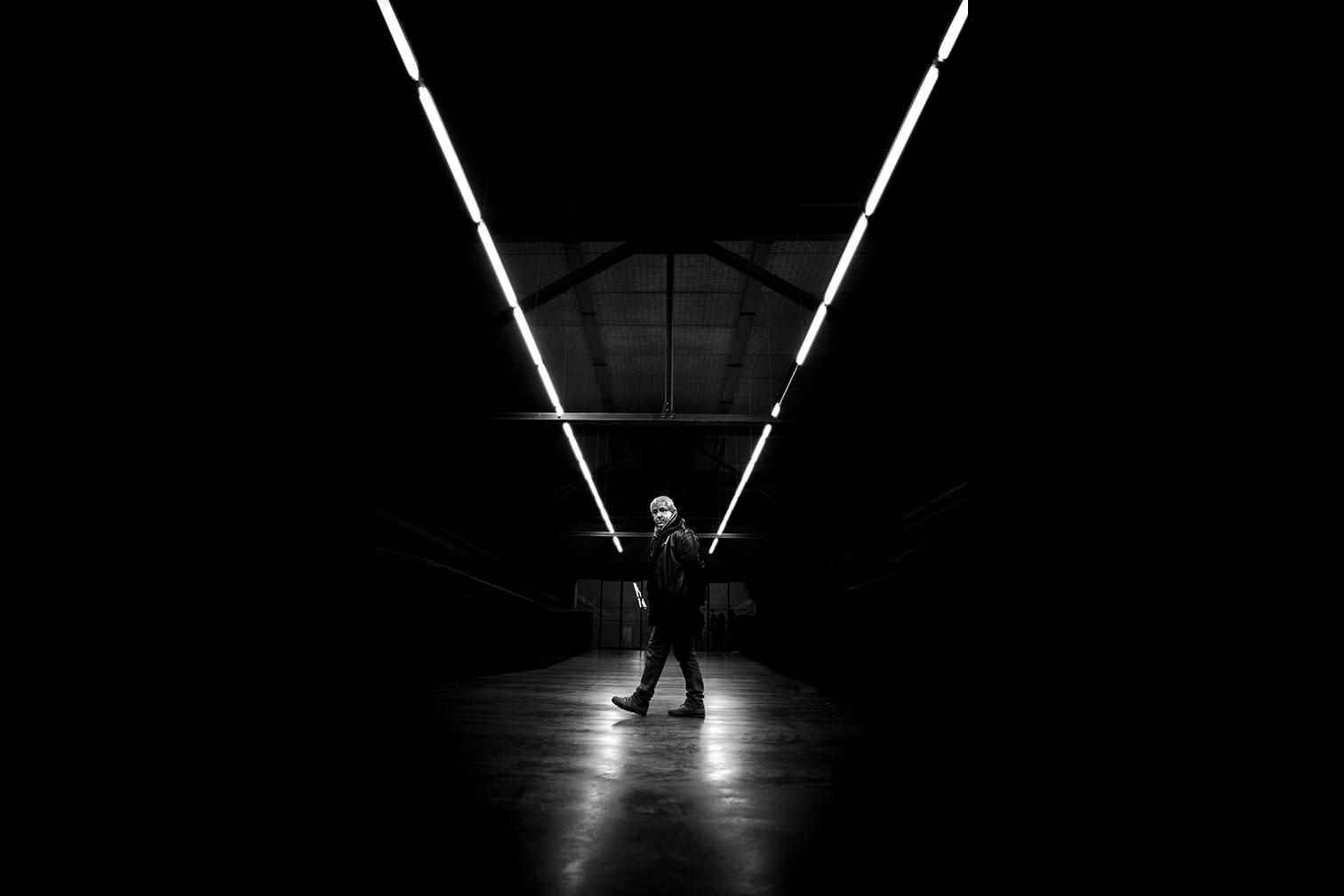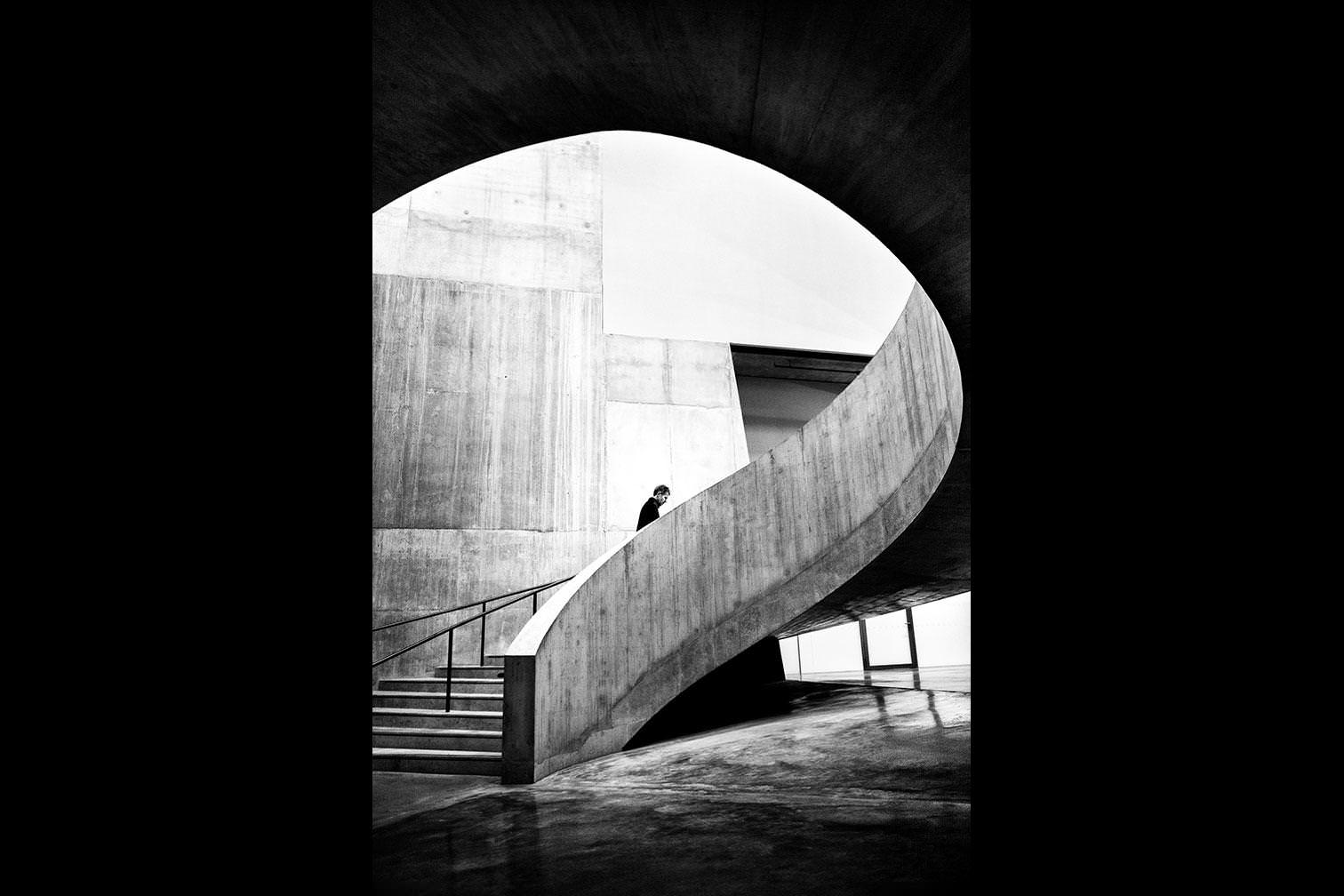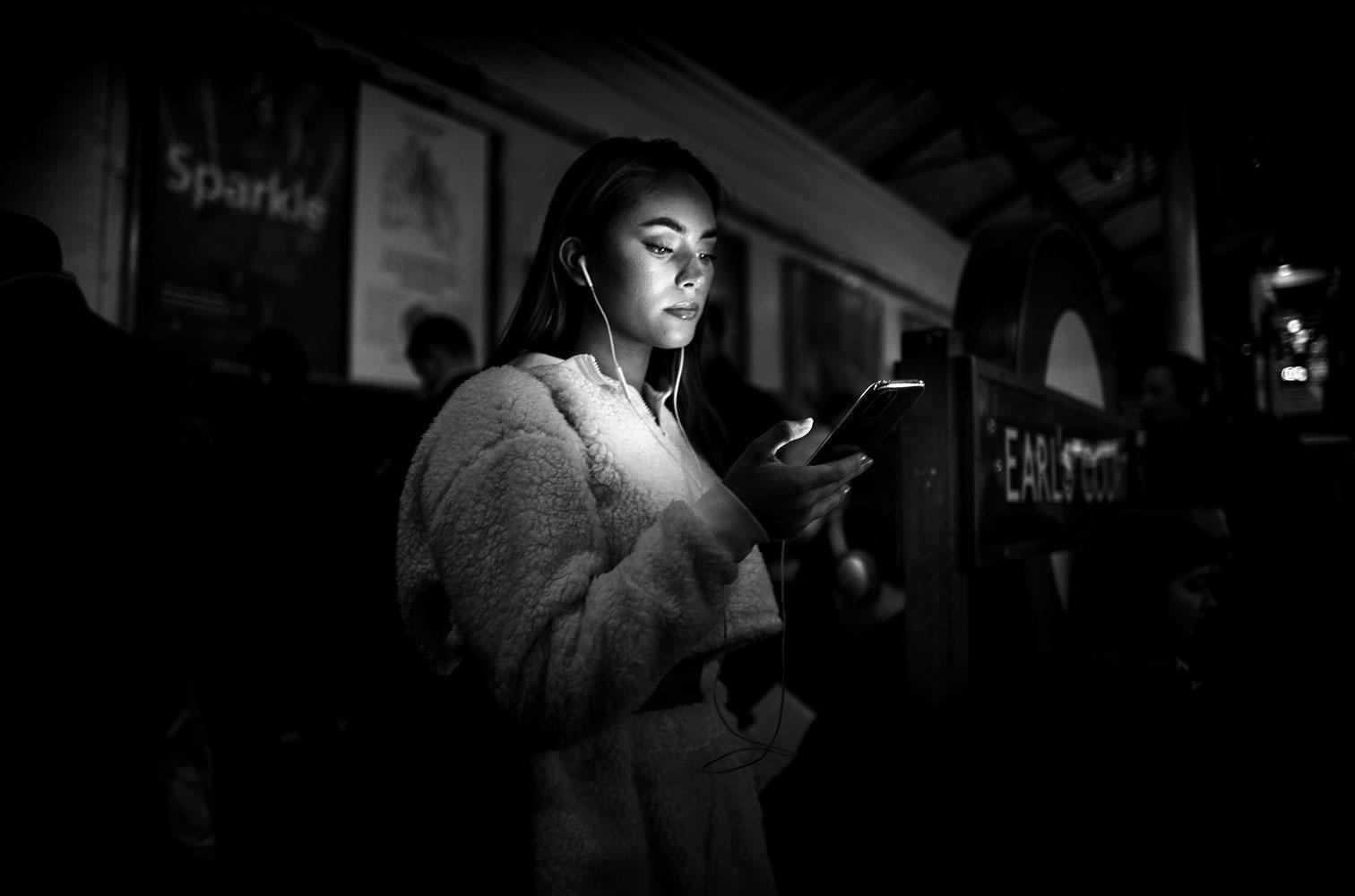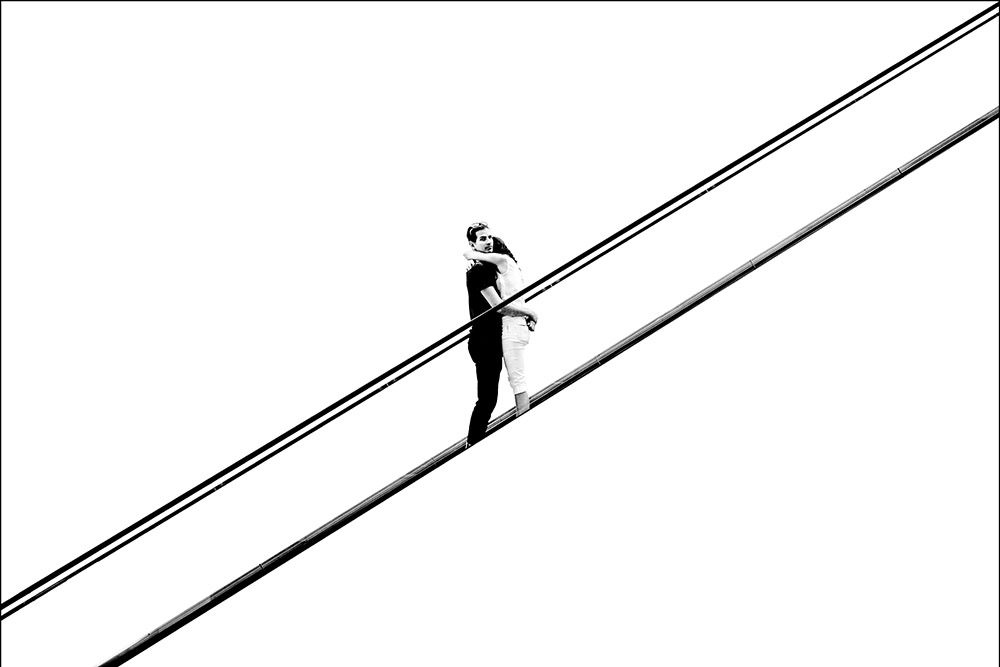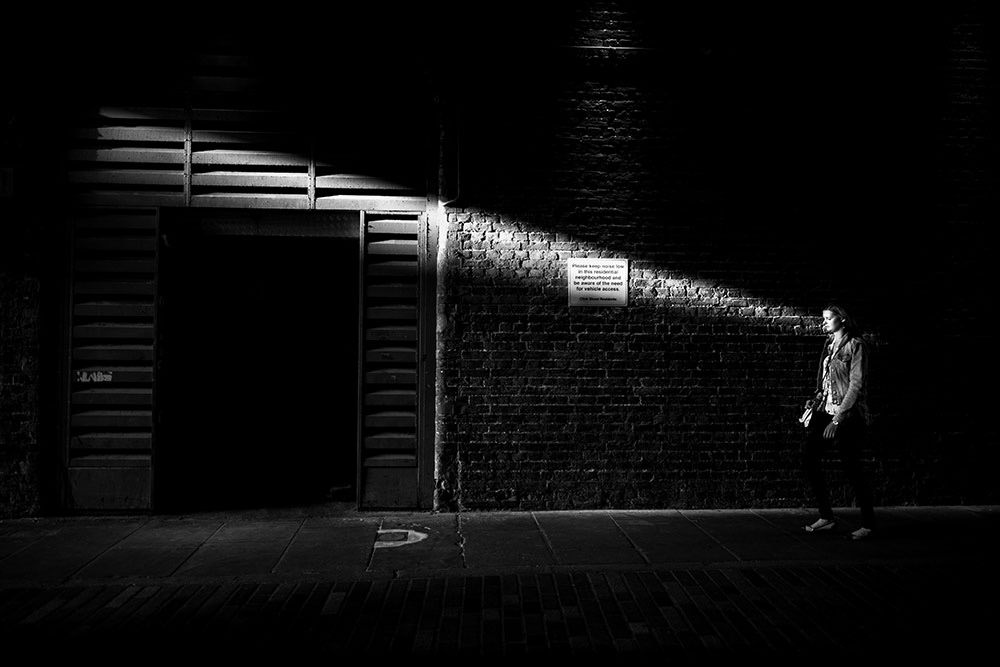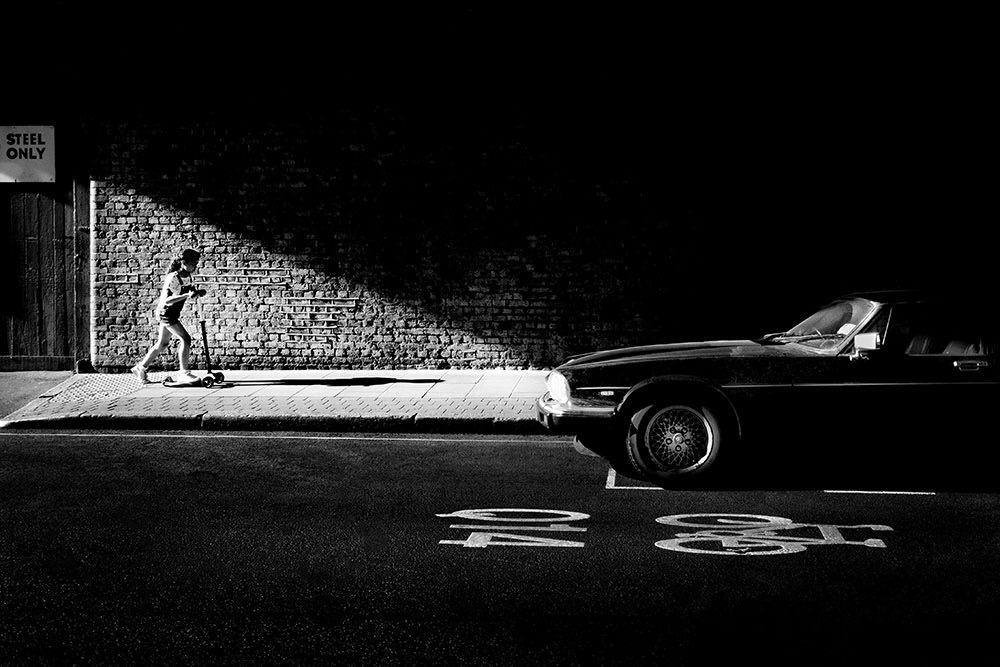Leica Unveils a New M10 Monochrom that Promises an Unparalleled Black-and-White Photography Experience
Leica has introduced its latest dedicated black and white rangefinder camera, the M10 Monochrom, three years after the release of the M10 and almost five years after the last Leica M-Monochrom (Typ 246), announced in 2015.
The Leica M10 Monochrom is the company’s third mono-only rangefinder and is one of Leica’s most controversial digital cameras ever since the first version came out in 2012. A digital camera that physically can’t shoot color photos is something that a lot of photographers have a hard time wrapping their heads around, especially when said camera costs nearly $10,000.
The obvious benefit of a monochrome sensor is that you don’t need to demosaic: each pixel you capture becomes one pixel in your final image. You don’t need to interpolate missing color values for each pixel, so you don’t need to call on neighboring pixels, so don’t experience the slight blurring effect that this has.
The final image will be inherently sharper than most color cameras can achieve, and the company has won over enough photographers to warrant at least three generations of the Monocrom line.
While the first two Monochrom cameras had modified versions of the color image sensors from other M cameras, the new M10 Monochrom is the first one with a unique sensor built specifically for black-and-white photography. The new 40-megapixel, full-frame chip is different from the 47-megapixel color sensor found in the Leica Q2 and SL2 and is the highest resolution of any current M camera. It has an ISO sensitivity range of 160 to 100,000, which is a greater range on both the low and high end compared to the prior model.
“The removal of the color filter array ensures each pixel receives more light and no interpolation is needed, ensuring the highest quality black and white captures,” says the company in a note. The color filters used on most sensors absorb around 1EV of the light since each filter has to absorb the two colors it’s not allowing to pass through to the sensor. This means that the silicon of a monochrome sensor receives around one stop more light at any given exposure. The result is that its base ISO tends to be rated one stop higher than a chip with a CFA would be. On the M10 Monochrom, the base ISO is given as 160 (rather than 320 on previous models).
The design of the M10 Monochrom camera body is as loyal to the strict adherence to the black-and-white aesthetic as the image sensor that lives within it. The camera has no Leica red dot logo on the front and all of the usual bold red engravings found on most M cameras have been desaturated to a neutral gray, creating a sleek monochromatic contrast against its bright white engraved numbers.
A subtle black-on-black logotype of “Leica M10 Monochrom” on the top plate gives the camera the most minimal branding to avoid distractions. The black-and-white design details combined with the newly blacked-out shutter button and lens release make the M10 Monochrom the stealthiest serial production camera yet from Leica, emphasizing its focus on blending into the heart of the action and capturing the decisive moment.
Finally, there are also a few niceties, like the addition of touchscreen controls and built-in WiFi that lets you pair the new camera with Leica’s full-featured FOTOS 2.0 app. Video capabilities, on the other hand, have actually been removed.
Some pictures from this camera by Alan Schaller:
The Leica M10 Monochrom is available beginning today for $8,295 at Leica Stores, Boutiques and Dealers.
More info on Leica’s website.

